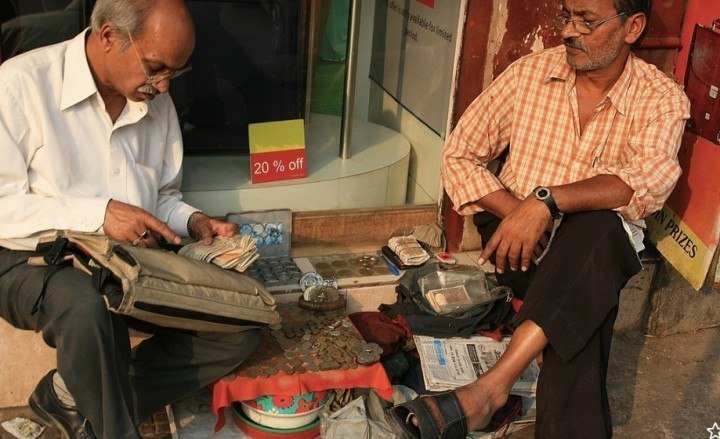
India: an ambitious move toward a cashless society
By Meghna Rao, article first appeared in Tech in Asia news
TIA: The dream of a cashless society for India is not too far off.
This past weekend, the National Payments Corporation of India (NPCI) – essentially the guys who run all of the retail payment systems in India – hosted a hackathon for developers to work with their latest release, the Unified Payments Interface (UPI).
The National Payments Corporation of India (NPCI) is set up by the Reserve Bank of India (RBI), India’s central bank, and the Indian Banks’ Association (IBA), an association of Indian banks and financial institutions. The NPCI runs India’s RuPay system, a scheme similar to that of MasterCard or Visa.
TheUnified Payments Interface is a technology that allows bank-to-bank and bank-to-mobile wallet transfers with minimal identification. It is open source, which means that competing banks can include it in their apps and transfer money between each other.
The UPI, once integrated into apps, can also be adapted to allow wallet-to-wallet transfers. Rumor has it that many of India’s major mobile wallet players like Paytm and Freecharge have already jumped on this wagon.

The UPI is built on the existing Immediate Payment Service platform which is currently India’s fastest method of conducting bank transactions. This service works at all hours of the day and promises instant transfers if both the banks of the receiver and the sender have it enabled. While this is convenient, it requires multiple layers of authentication.
The UPI eliminates these verification barriers. It lets people transact through a “virtual address,” which is the combination of three things: their Aadhar number (a digital identity scheme launched by the government), their bank account number, and their cellphone number. Once registered, these three identifiers will act as a “virtual address,” allowing a “one-click” transfer whenever required.
What is the fate of mobile wallets?

While the NPCI’s hope is that making it easier to transfer money electronically will reduce India’s dependence on cash, many of the country’s mobile wallets have come into popularity because of the difficulty of authentication.
A prime example of this happened in October 2014, when Uber was stopped from charging customers through credit or debit cards within India because it was routing their payments to its Netherlands-based headquarters. This violated the government’s two-step authentication process for CNP payments (card not present – transactions where both the merchant and the customer are not physically around) and opened up the possibility for fraud.
In response, Uber decided to pair up with mobile wallet Paytm, which boosted its numbers and shunted the idea of mobile wallets into the spotlight. While this problem was soon solved by figuring out a way for the app to integrate the two-factor authentication into its payment process, Paytm is still a popular option on the app.
This niche for mobile wallets won’t exist once the UPI is launched, however. If we dial it back to Uber’s initial problem, for example, the taxi app would have been able to launch a new version with the UPI API integrated into it, allowing customers to pay directly from their banks with a single click by using their virtual address.
There are still ways in which the UPI interface will be beneficial for mobile wallets, however. They can now receive immediate transfers from bank accounts and customers can move money between different mobile wallets if they’ve integrated the proper API. Since mobile wallet users can only store around US$1,468 in a single account, wallets may be relegated to disposable income, while banks focus on larger deposits.
The Indian government likes startups

“We’re really the first government in the world to push for a digital platform like this,” explains Pramod Varma, chief architect of the Unique Identification Authority of India (UIDAI), the agency in charge of the Aadhar project. “Because validating customers can turn out to be really expensive, the Aadhar system will help make this easier. What is usually a costly affair can be made much better.”
Security seems to be the number one priority of the Indian government, given its rigid policies towards financial services in India. UPI’s pitch addresses that. Since most people’s information will be stored on the interface as virtual addresses (i.e., meghna@hdfcbank.com), a hacker who gains access to UPI’s database will not be able to see detailed account data.
The word “interoperable” is used often to describe this latest scheme, meaning that its eventual vision is to allow for India’s many stand alone electronic payment options – banking institutions, mobile wallets, independent lenders – to work together. If this works out, India will become a bit friendlier for startups to work in.
Converted from Indian Rupees. Rate US$1 = INR 68.07.
Editing by Terence Lee and Malavika Velayanikal
The post “India makes an ambitious move toward a cashless society” appeared first on Tech in Asia





